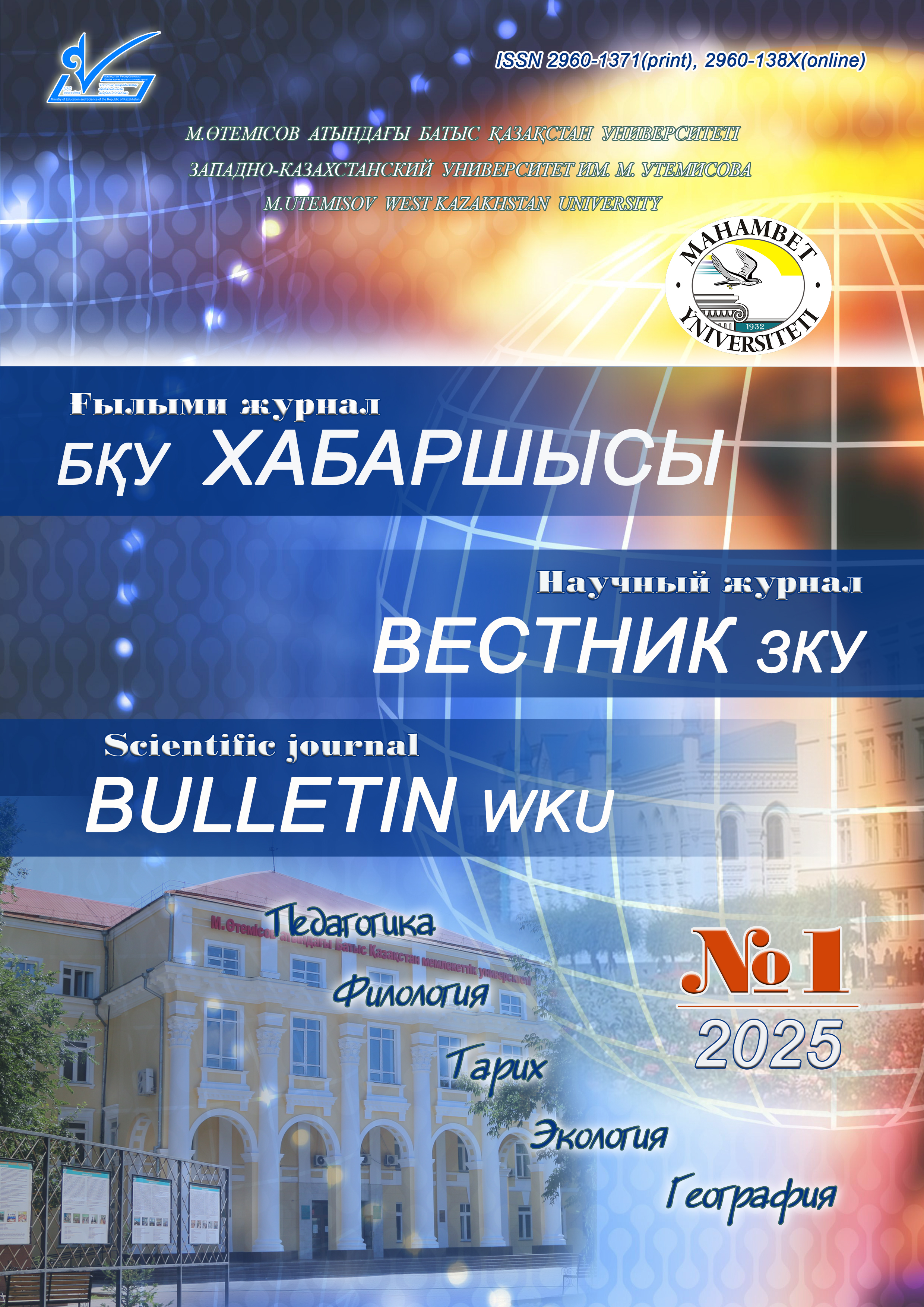RESULTS OF VERIFICATION OF REANALYSES OF METEOROLOGICAL QUANTITIES FOR SOLAR ENERGY PURPOSES
Abstract
Long-term forecasting of solar power plants' productivity is a key link for the development of solar energy in general, as well as for the design and selection of optimal sites for the placement of solar power plants. Since the 90s of the 20th century, in addition to long-term measurements at actinometric stations, global reanalyses of meteorological and - especially - actinometric characteristics have become sources of data for forecasting. Reanalyses are distinguished by the long-term nature of continuous series in a regular grid, which reduces the shortcomings and complements the data of the ground-based actinometric measurement network, which in countries such as Russia and Kazakhstan is absolutely insufficient for the development of solar energy due to the significant area of the countries' territories and the remoteness of the stations from each other. At the same time, reanalyses, being the result of the synthesis of mathematical modeling and satellite observations, require verification for their reliable application, and detailed verification covering those territories that are planned to be used for the placement of solar power plants. In this case, it is necessary to apply procedures and develop a site adaptation methodology, i.e. sub-satellite verification of reanalysis data - both average for significant periods and urgent. The paper considers approaches and shows the results of the site adaptation procedure for the territory of the Moscow region, reveals systemic deviations of ground-based results - not only for incoming solar radiation, but also for the specific productivity of solar photovoltaic installations, which provides practically applicable information for its further use in the design of solar power plants. Keywords: solar energy, monitoring, verification, reanalyses, site adaptation, data error.



